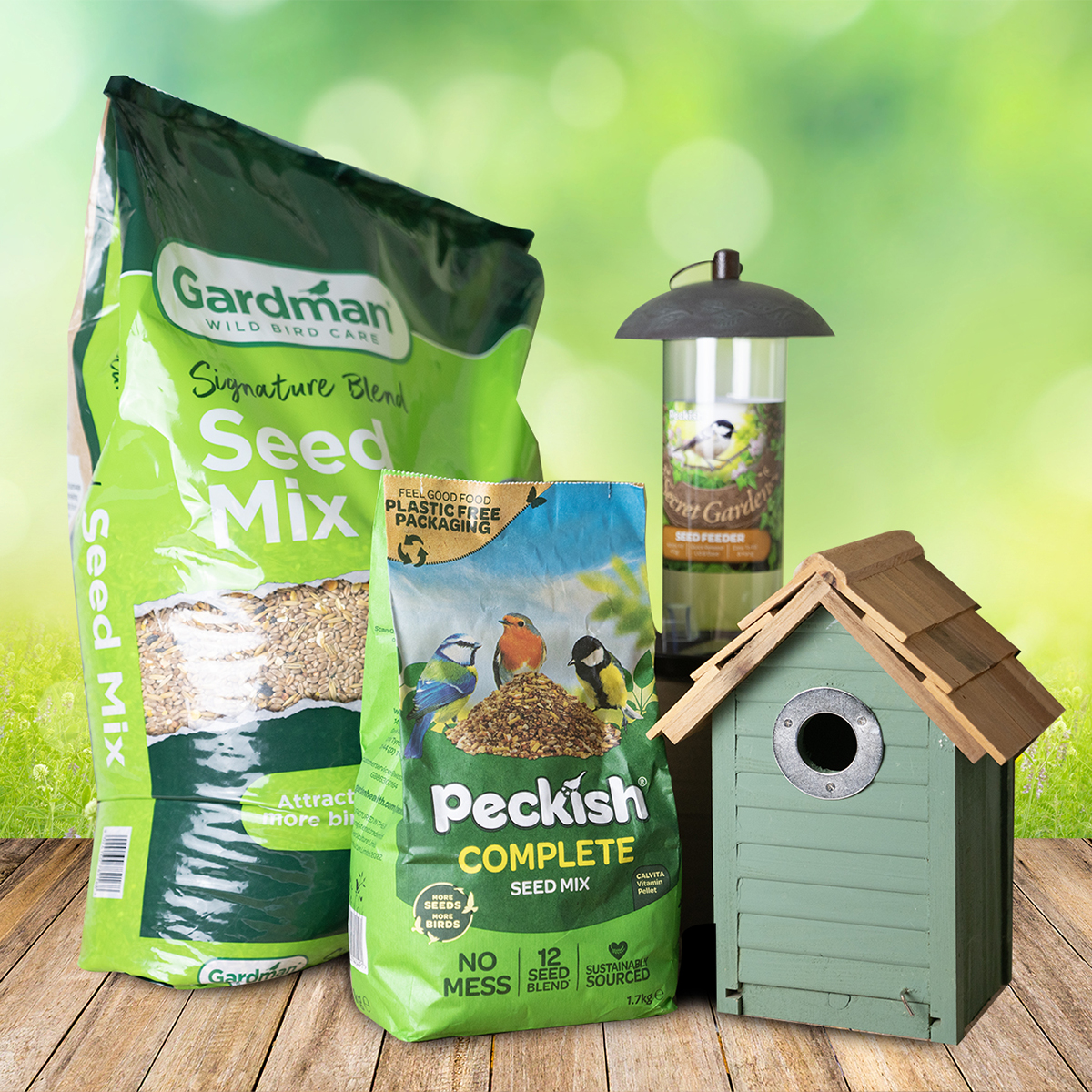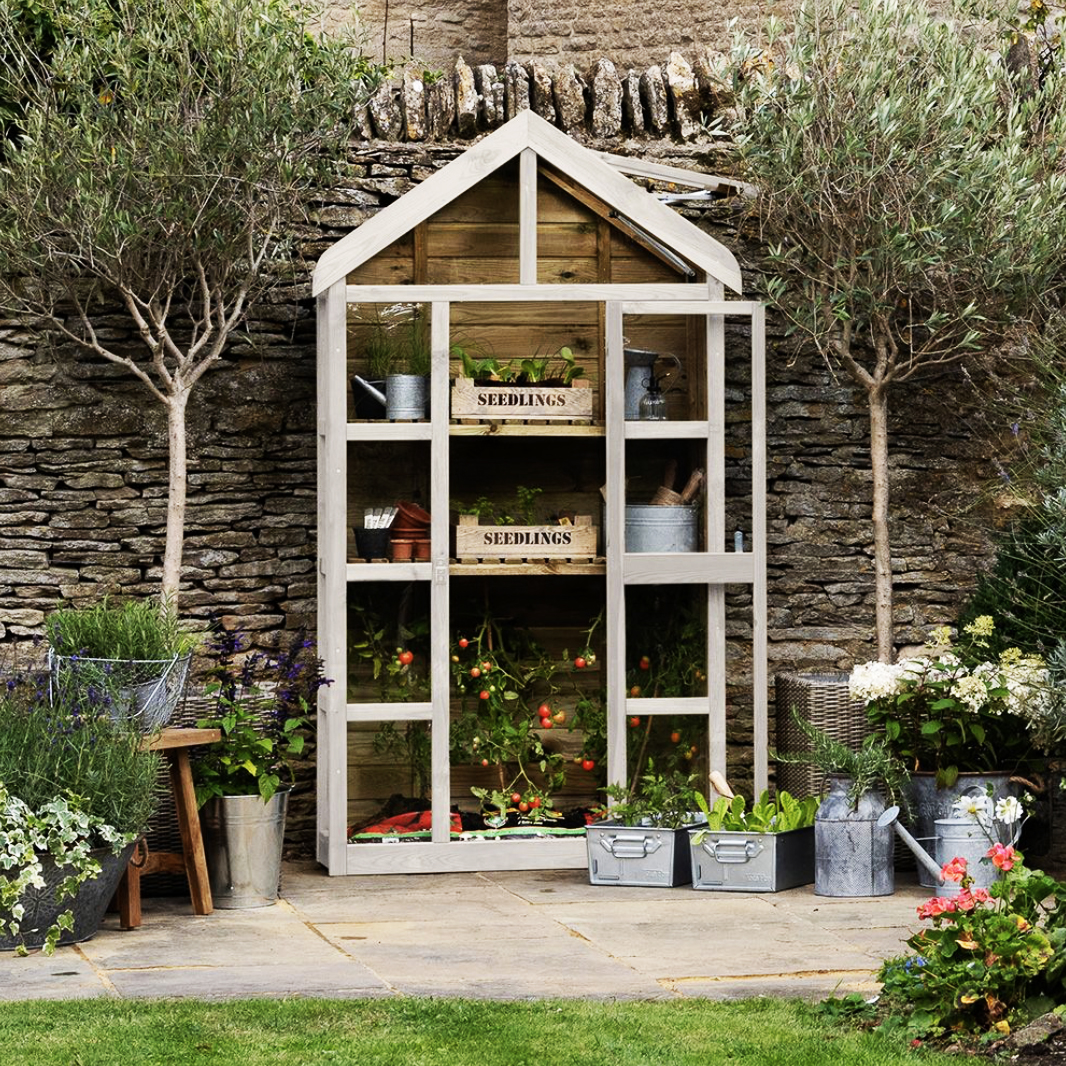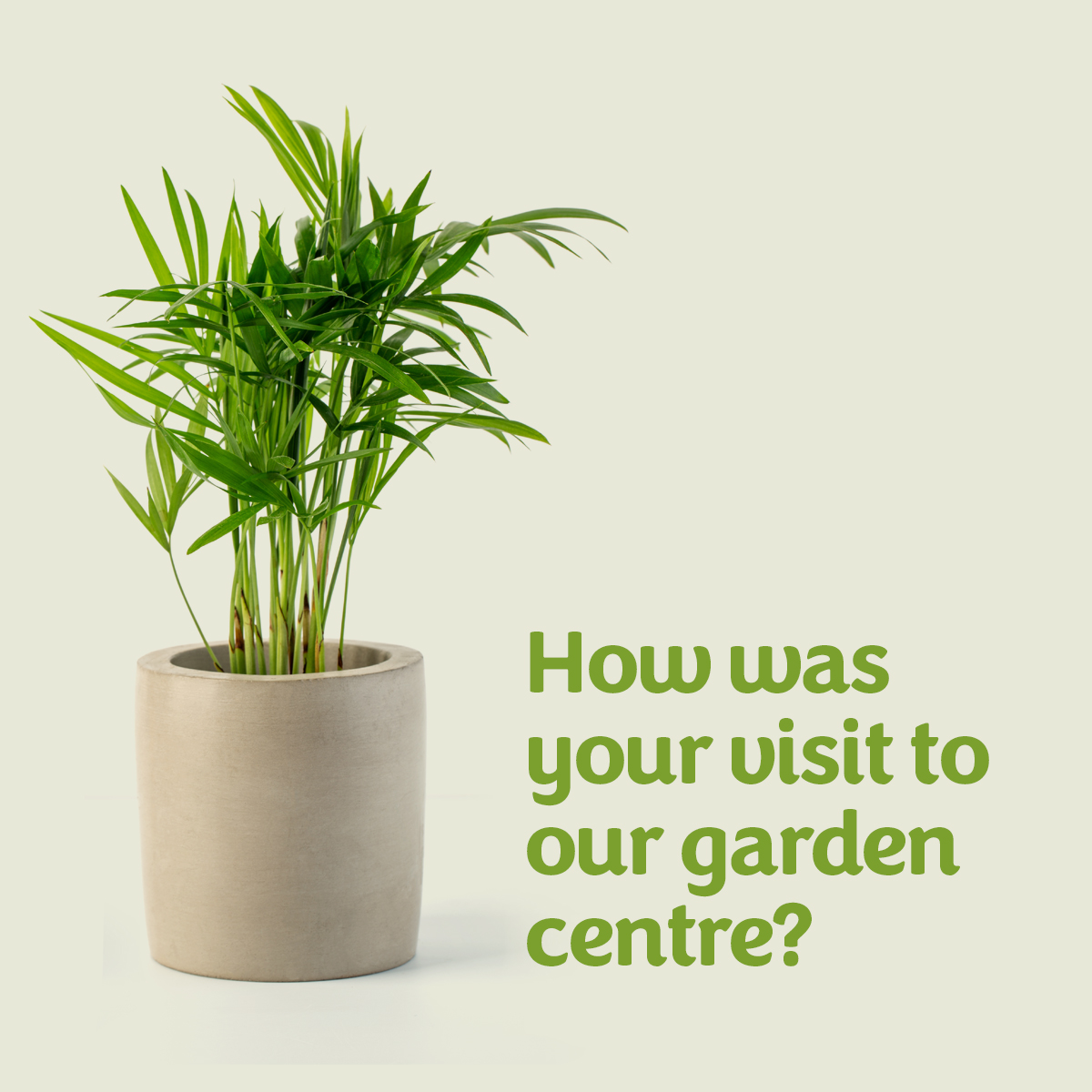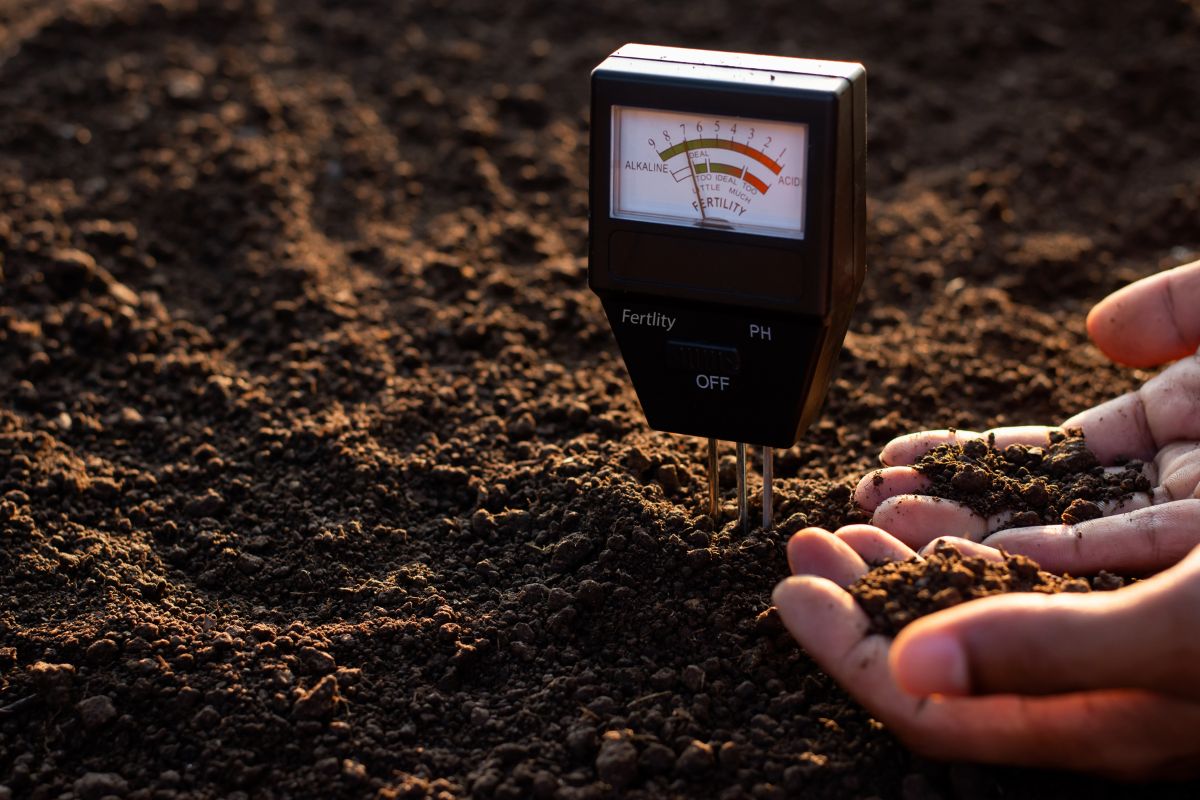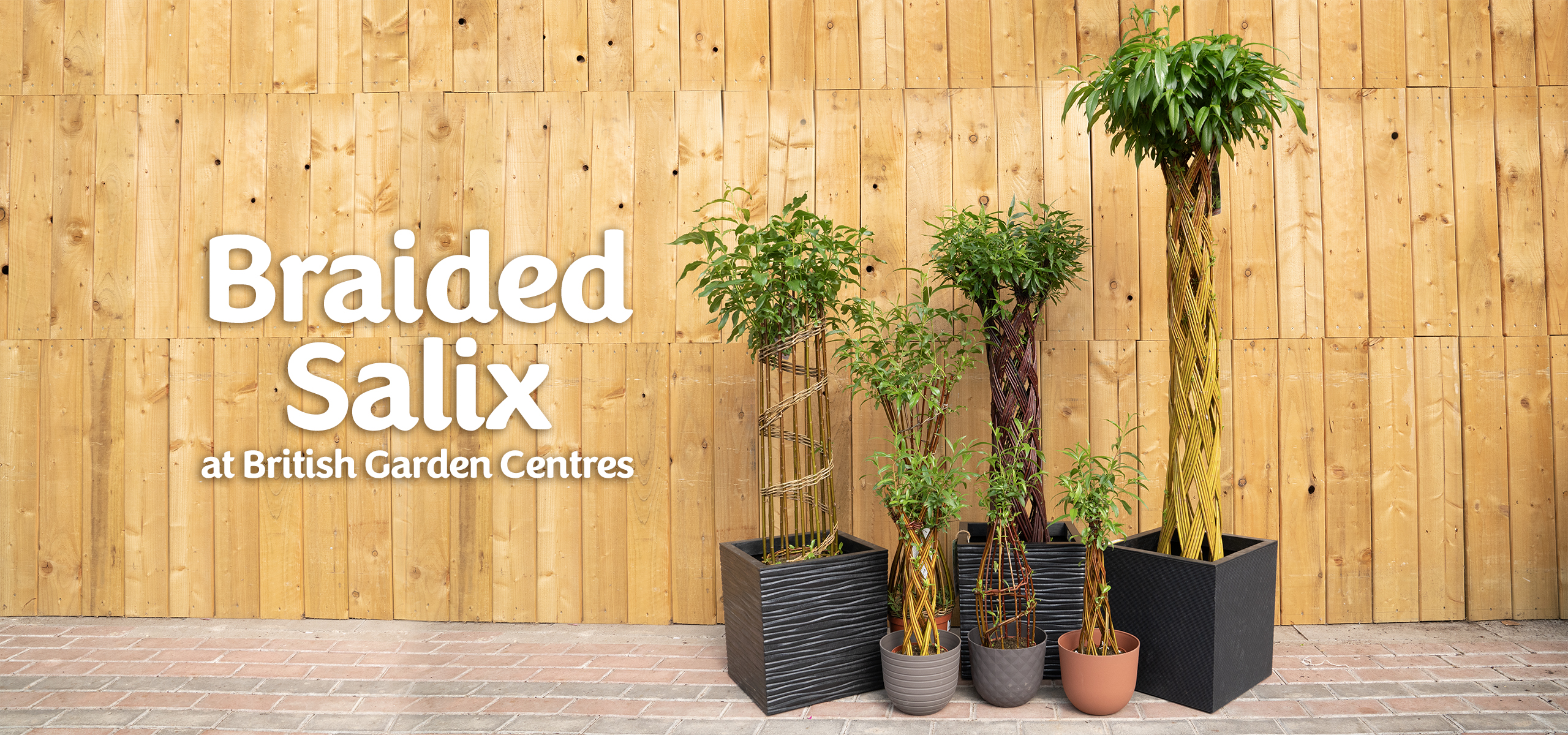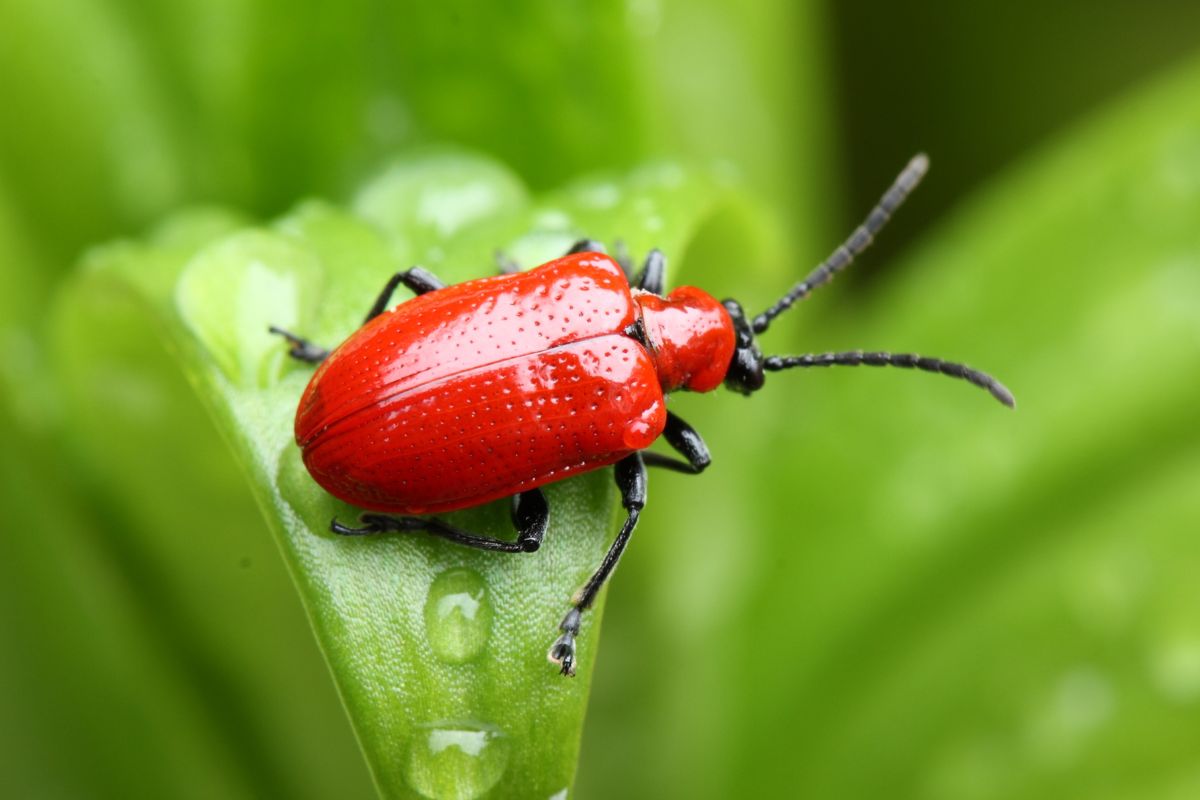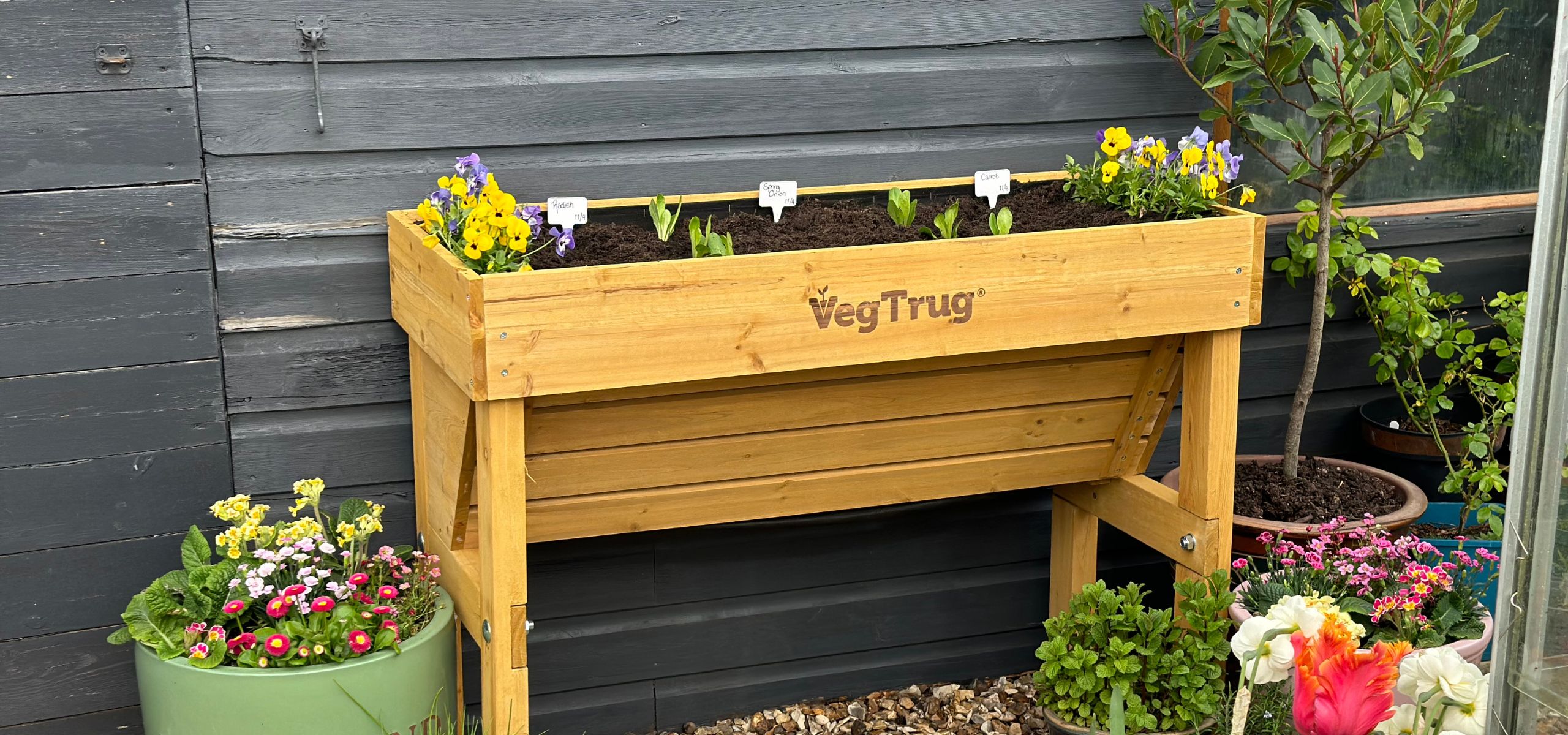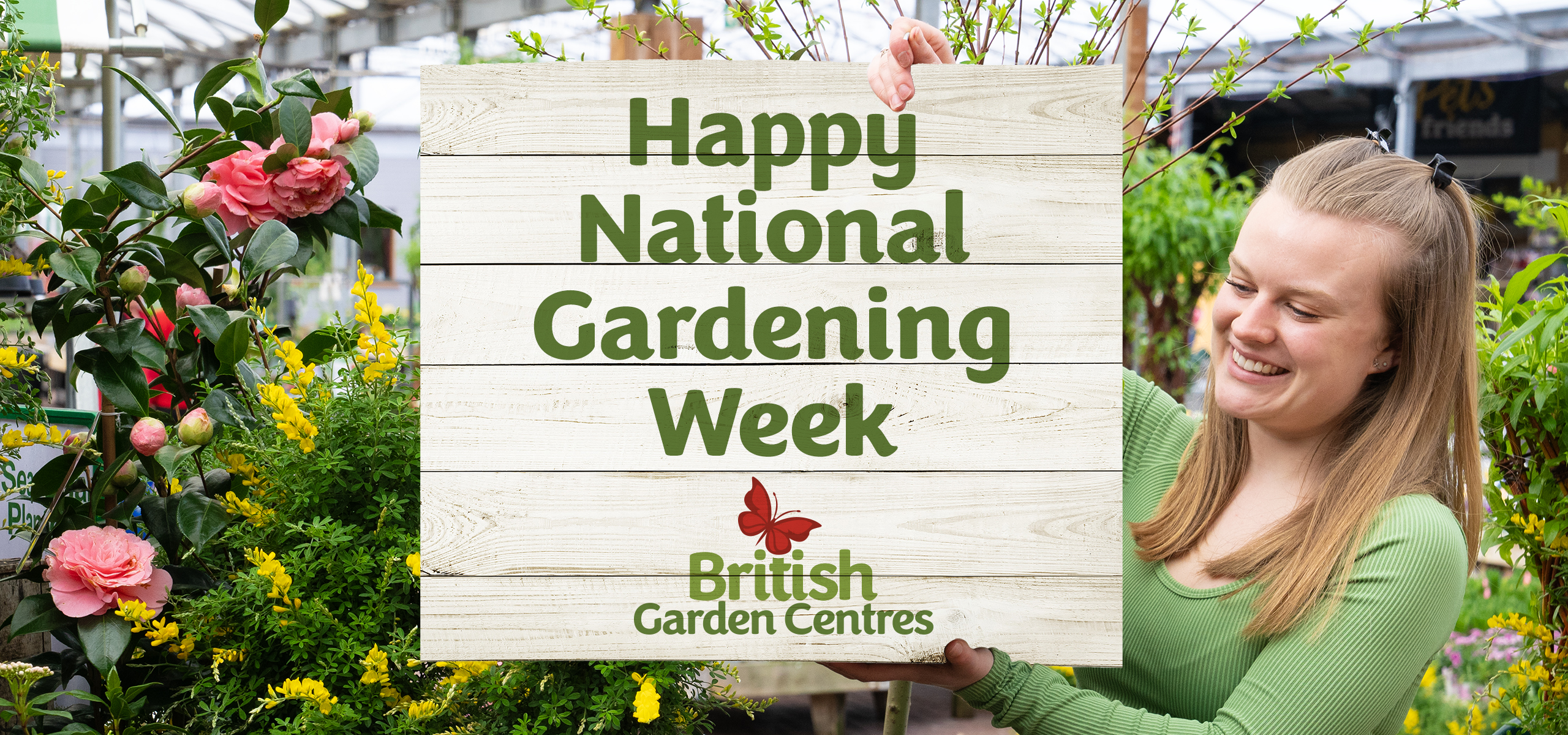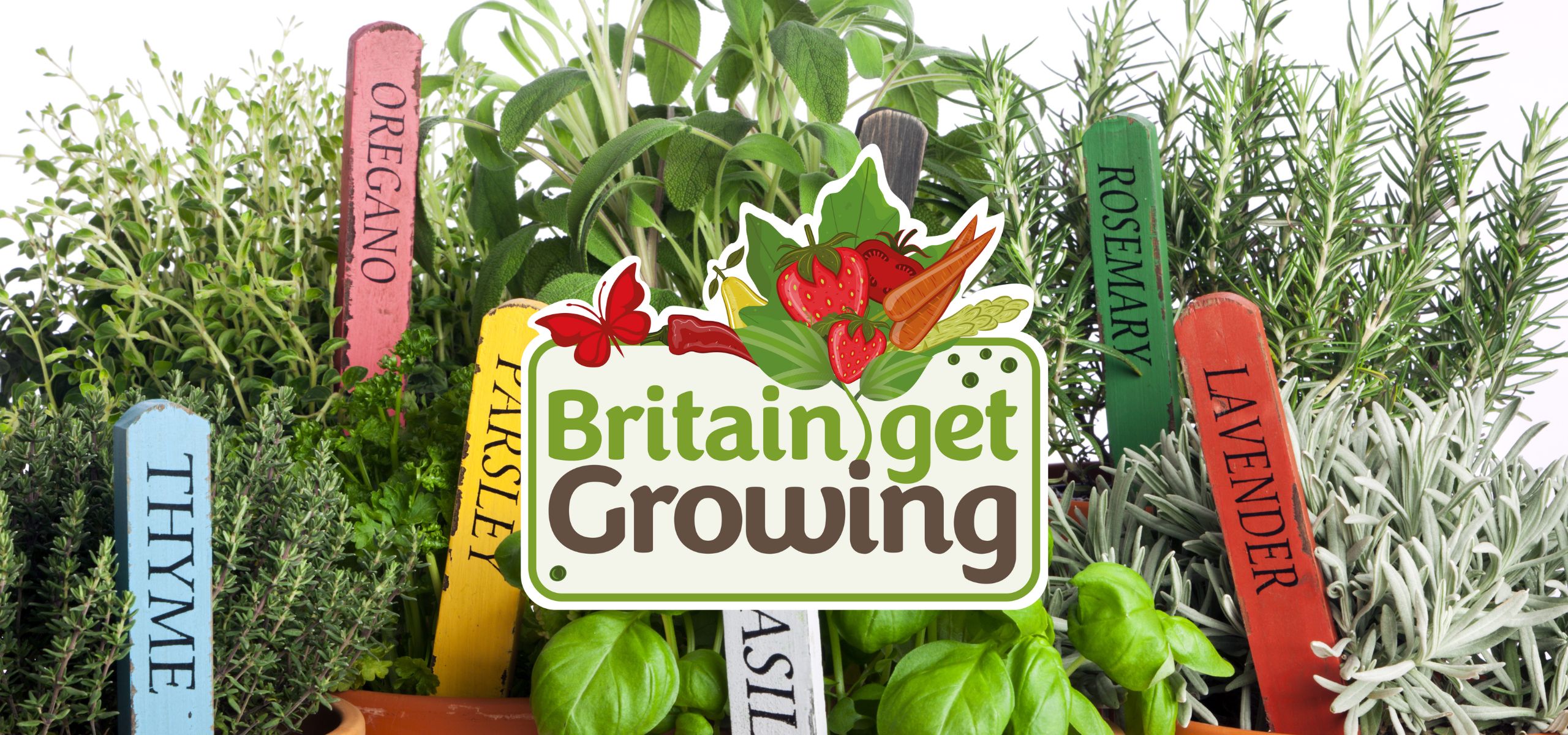Testing Garden Soil pH Levels: A Beginner's Guide
It is extremely important to maintain the right pH level of the soil to ensure the health and productivity of the plants in your garden. The pH level of soil determines how it absorbs nutrients and water that your plants require and influences microbial activity in the soil.
But what does this mean, we have a handy guide that helps you get the most from your garden with the right soil and get perfect results every time.
What is pH
To ensure that your plants are healthy and thriving, it's important to understand and keep track of the pH levels of your garden soil. pH measures the acidity or alkalinity of soil on a scale of 0 to 14, with 7 being neutral. Most plants prefer slightly acidic to neutral soil, with a pH range of 6 to 7. By testing the pH of your garden soil, you can determine if any adjustments are necessary to ensure optimal growth for your chosen trees and plants.
Importance of testing the pH of your soil
Plants require a wide range of nutrients to grow and thrive obtained from the soil. If the pH level is too acidic or too alkaline, it can negatively impact the growth and development of your plants. For example, an overly acidic soil can result in a deficiency of calcium, magnesium, and potassium, while an overly alkaline soil can lead to a deficiency of iron, manganese, and zinc.
To ensure that your plants grow healthy and strong, it is essential to test the soil pH regularly. This will allow you to identify any imbalances in the soil pH and take corrective measures to create an ideal environment for your plants. If the soil is too acidic, you can add lime to neutralise the acidity, while if the soil is too alkaline, you can add sulphur to increase the acidity.
Methods for testing soil pH
There are several methods available for testing the pH of your garden soil. One common method is to use a pH testing kit that is available in your local British Garden Centres store. This typically includes a probe or testing strips with a solution that is inserted into the soil to provide an instant pH reading.
How to conduct a pH test
To perform a soil pH test using a kit, you will need to collect soil samples from different areas of your garden, mix them with the testing solution, and wait for the results. For a home DIY test using vinegar and baking soda, collect soil samples in separate containers, add vinegar to one and baking soda to the other, and observe the reactions to determine the soil pH. The vinegar reacts strongly in alkaline soil, fizzing or bubbling indicates high pH. Baking soda reacts in acidic soil, fizzing indicates low pH.
How to read the results
Once you have conducted the soil pH test, you will receive a numerical pH value that indicates the acidity or alkalinity of your soil. If the pH is below 6, your soil is too acidic, while a pH above 7 indicates alkaline soil. Depending on the results, you can adjust by adding lime to raise the pH or sulphur to lower it, ensuring your plants have the best growing conditions.
pH troubleshooting
Having incorrect pH levels can hinder plant growth and development in your garden which you won’t want over the summer season. Easily spot symptoms of pH-related nutrient deficiencies which include yellowing leaves, stunted growth, and poor flowering or fruiting. By testing the pH levels of your soil regularly, you can enhance nutrient uptake which will result in healthier, stronger and blooming plants.





